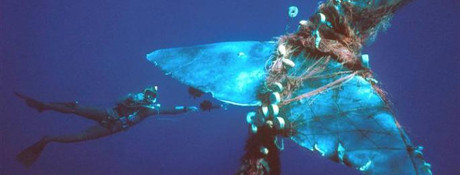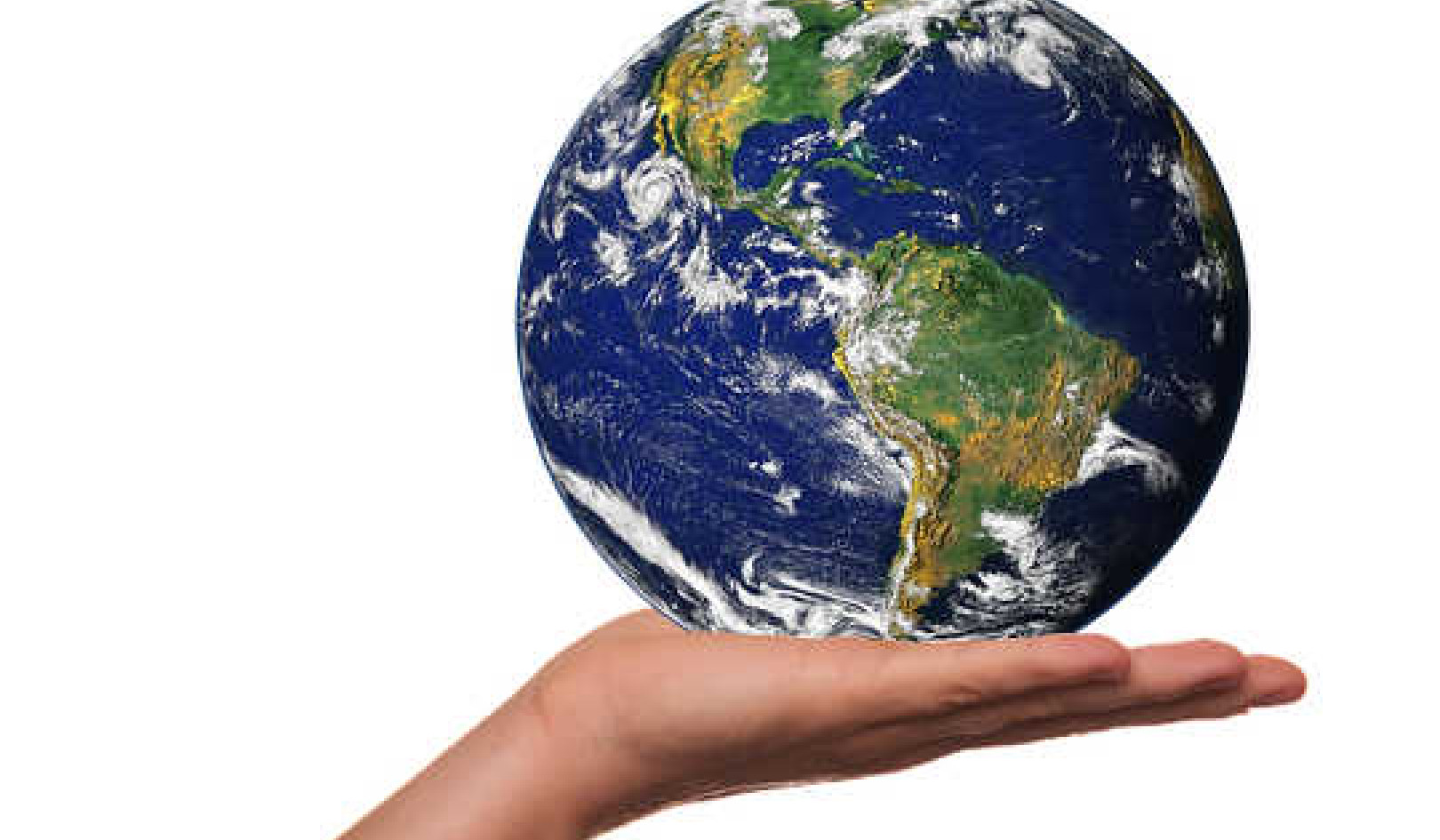
More than 650,000 marine mammals are killed each year by fishing gear. A U.S. law that could help stop the slaughter isn’t being enforced.
If you enjoy a plate of fish sticks or a salmon burger from time to time, there’s a good chance you’re eating something that came into the United States illegally — and contributed to the death of hundreds of thousands of dolphins, whales, and sea lions.
The Marine Mammal Protection Act mandates that all seafood imported into this country be accompanied by proof that it was caught using methods no more harmful to marine mammals than those used by U.S. fisheries. Unfortunately, the National Marine Fisheries Service has never enforced that provision of the law.
So not only are U.S. fishermen at a disadvantage — they’re spending money on federally required technology and data collection that helps protect marine mammals, while foreign fishers are off the hook — but lots of dolphins and whales are getting killed because the fisheries service is ignoring its own rules.
Protecting Threatened Species & Leveling the Playing Field
“We need to enforce the law, protect threatened species, and level the playing field,” says Zak Smith, a staff attorney for the Natural Resources Defense Council (which publishes OnEarth). Smith and several colleagues collaborated on a report, released in January 2014, explaining that in many parts of the world, fisheries are regulated and monitored poorly, if at all. If those countries want to sell their fish on U.S. markets, they should have to do a better job of providing data about their fishing methods, NRDC says.
 Scientists estimate that more than 650,000 marine mammals are killed or seriously injured every year after becoming hooked, entangled, or trapped in fishing gear — a phenomenon known as bycatch (see “What’s the Catch,” Summer 2010). Some of the species most endangered by fishing methods include the North Atlantic right whale, the New Zealand sea lion, the Mediterranean sperm whale, and the rarely seen vaquita.
Scientists estimate that more than 650,000 marine mammals are killed or seriously injured every year after becoming hooked, entangled, or trapped in fishing gear — a phenomenon known as bycatch (see “What’s the Catch,” Summer 2010). Some of the species most endangered by fishing methods include the North Atlantic right whale, the New Zealand sea lion, the Mediterranean sperm whale, and the rarely seen vaquita.
From Canada to Italy... Rules Are Either Non-Existent or Ignored
Lots of dolphins and whales are getting killed
because the fisheries service is ignoring its own rules.
It’s not just poor, undeveloped nations that allow bycatch to harm marine mammal populations; Canada, for instance, fails to require any specific measures to protect threatened species, while Italy has rules for bycatch but fails to enforce them.
One example of how the disparity can play out locally: in 2009, regulations required U.S. lobstermen to start using groundlines that automatically sink to the bottom of the ocean floor, where they won’t get wrapped around North Atlantic right whales. (Research has shown that almost three-fourths of all right whales bear scars from entanglement in fishing gear.) Across the border, Canadian lobstermen are under no such obligation, says Patrice McCarron, executive director of the Maine Lobstermen’s Association.
Enforcing the Law on $31 billion worth of Imported Seafood
Sam Rauch, the fisheries chief for the National Oceanic and Atmospheric Administration (parent agency of the National Marine Fisheries Service), acknowledged that the agency was putting U.S. fishers at a disadvantage by not enforcing the Marine Mammal Protection Act. But he said the regulations required to enforce the subsection of the law regarding bycatch are not yet in place. Rauch said his department is currently “working on a rulemaking to provide guidance on how to make such determinations.”
If the United States gets serious, there’s a lot at stake for fisheries around the world. In 2012, this country imported more than $31 billion worth of seafood. The potential to lose access to that market is a powerful incentive for foreign fishermen to follow U.S. rules. But first, the National Marine Fisheries Service has to start enforcing them.
*subtitles by InnerSelf
Recommended book:
Oceana: Our Endangered Oceans and What We Can Do to Save Them
by Ted Danson with Michael D'Orso.
 Combining vivid, personal prose with an array of stunning graphics, charts, and photographs, Oceana powerfully illustrates the impending crises and offers solutions that may allow us to avert them, showing you the specific courses of action you can take to become active, responsible stewards of our planet’s most precious resource — its oceans. Ted Danson shares the stage of Oceana with some of the world’s most respected authorities in the fields of marine science, commercial fishing, and environmental law, as well as with other influential activists.
Combining vivid, personal prose with an array of stunning graphics, charts, and photographs, Oceana powerfully illustrates the impending crises and offers solutions that may allow us to avert them, showing you the specific courses of action you can take to become active, responsible stewards of our planet’s most precious resource — its oceans. Ted Danson shares the stage of Oceana with some of the world’s most respected authorities in the fields of marine science, commercial fishing, and environmental law, as well as with other influential activists.Click here to order this book on Amazon.com
About the Author
 Naveena Sadasivam is a science and environmental writer pursuing a masters in journalism at New York University. She has a degree in chemical engineering and enjoys writing about climate change, fracking and pipelines. This article originally appeared on OnEarth.
Naveena Sadasivam is a science and environmental writer pursuing a masters in journalism at New York University. She has a degree in chemical engineering and enjoys writing about climate change, fracking and pipelines. This article originally appeared on OnEarth.


























